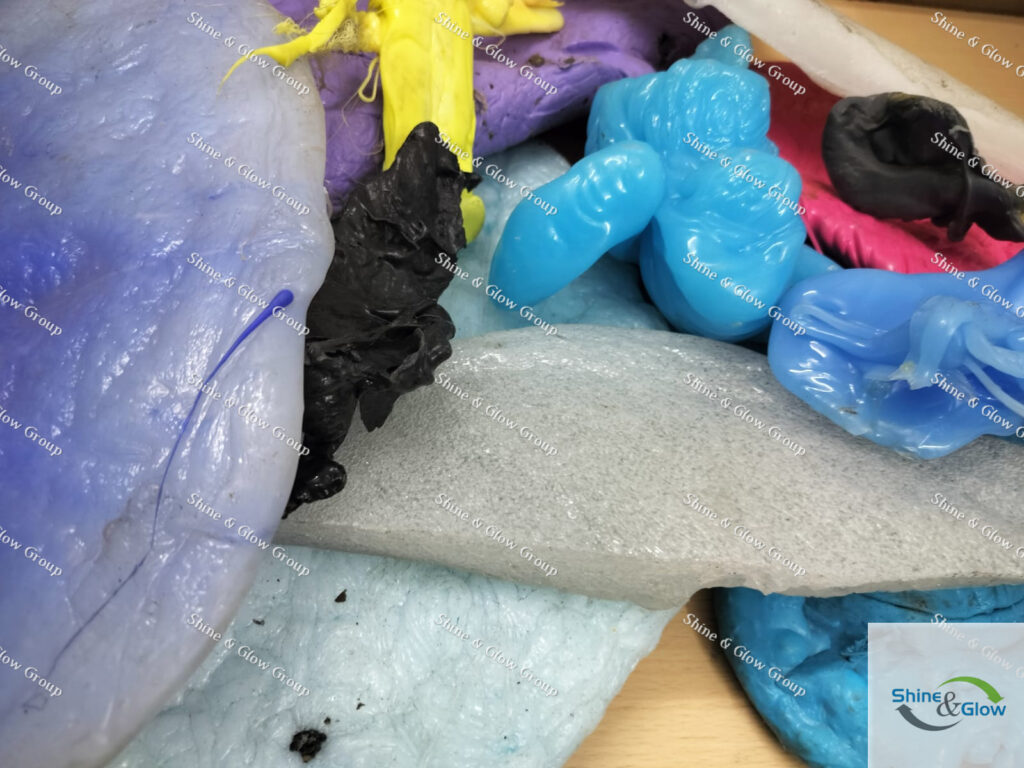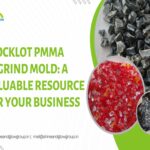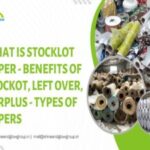Introduction:
Plastic waste has become a significant environmental concern in recent years. Among the various types of plastic, PET (Polyethylene terephthalate) is widely used in the production of bottles, containers, and packaging materials. In this comprehensive guide, we will delve into the world of PET plastic recycling, unlocking its potential to minimize plastic waste and promote a sustainable future.


| Topic | Description |
|---|---|
| The Problem with Plastic Waste | Plastic waste is not biodegradable. It can pollute our air and water, harm wildlife, and contribute to climate change. |
| The Need for Alternative Solutions | We need to find ways to reduce the amount of plastic waste that we produce, and we need to find ways to recycle the plastic waste that we do produce. |
| PET Plastic | PET plastic is a type of plastic that is made from polyethylene terephthalate. It is a clear, lightweight plastic that is often used in bottles, food containers, and other packaging. PET plastic is also one of the most recyclable plastics. |
| Recycling PET Plastic | There are a number of benefits to recycling PET plastic. First, it helps to reduce the amount of plastic waste that ends up in landfills and oceans. Second, it conserves natural resources. Third, it helps to reduce greenhouse gas emissions. |
| Recycler Pets | Recycler pets are small, plastic animals that are made from recycled PET plastic. They are a fun and educational way to teach children about the importance of recycling. Recycler pets are also a great way to promote PET plastic recycling. |
| Waste Reduction | Waste reduction is an important part of PET plastic recycling. The less PET plastic that we produce, the less PET plastic that we need to recycle. There are a number of ways to reduce waste, such as: |
PET Plastic: Versatile Uses in Beverage Bottles, Food Containers, and More
PET plastic, also known as PETE (Polyethylene terephthalate), is a thermoplastic polymer resin extensively utilized in the packaging industry. With its lightweight nature, transparency, and exceptional barrier properties, PET plastic finds applications in various sectors. This article explores the diverse uses of PET plastic, highlighting its versatility and durability.
Table:
| Application | Description |
|---|---|
| Beverage Bottles | Lightweight and transparent bottles for beverages |
| Food Containers | Packaging solution for food storage, ensuring convenience and hygiene |
| Cosmetic Packaging | Versatile packaging for beauty and personal care products |
| Clothing Fibers | Durable textile fibers derived from PET plastic |
PET Plastic: A Versatile Solution for Packaging and More
PET plastic, also known as PETE (Polyethylene terephthalate), is a thermoplastic polymer resin extensively utilized in the packaging industry. With its lightweight nature, transparency, and exceptional barrier properties, PET plastic finds applications in various sectors. This article explores the diverse uses of PET plastic, highlighting its versatility and durability.
Table:
| Application | Description |
|---|---|
| Beverage Bottles | Lightweight and transparent bottles for beverages |
| Food Containers | Packaging solution for food storage, ensuring convenience and hygiene |
| Cosmetic Packaging | Versatile packaging for beauty and personal care products |
| Clothing Fibers | Durable textile fibers derived from PET plastic |
PET Plastic: Versatile Uses in Beverage Bottles, Food Containers, and More
PET plastic recycling is crucial for reducing the environmental impact of plastic waste. By recycling PET bottles, we can conserve resources, reduce energy consumption, and minimize the accumulation of plastic in landfills and oceans. Recycling PET plastic also helps to lower greenhouse gas emissions associated with the production of virgin plastic.
| Application | Description |
|---|---|
| Beverage Bottles | Lightweight and transparent PET bottles for various beverages |
| Food Containers | PET containers for convenient and hygienic food storage |
| Cosmetic Packaging | Versatile PET packaging solutions for beauty and personal care |
| Clothing Fibers | PET-based fibers used in the production of clothing and fabrics |
PET Plastic Recycling Process
The PET plastic recycling process involves several steps:
| Step | Description |
|---|---|
| Collection | PET bottles are collected from recycling bins, municipal waste management systems, and designated collection centers. |
| Sorting | The collected PET bottles are sorted based on color and size to ensure the quality of the recycled material. |
| Shredding | The sorted bottles are shredded into small pieces, also known as flakes. |
| Washing | The PET flakes undergo a thorough washing process to remove contaminants, such as labels, adhesives, and residues. |
| Melting and Extrusion | The clean PET flakes are melted and extruded into thin strands, which are then cooled and cut into pellets. |
| Reprocessing | The PET pellets can be used in various applications, including the production of new bottles, fibers, or packaging materials. |
Conclusion
In conclusion, PET plastic recycling plays a vital role in minimizing plastic waste and promoting sustainability. By understanding the full form of PET plastic, its uses, and the recycling process, we can make informed choices and actively participate in recycling initiatives. Remember, every recycled PET bottle contributes to a cleaner environment and a
greener future.
By following proper recycling practices, supporting local recycling programs, and spreading awareness, we can unlock the full potential of PET plastic recycling and create a positive impact on our planet.
Remember, together, we can make a difference!
FAQs (Frequently Asked Questions)
A1: Most PET bottles are recyclable. However, it’s essential to check local recycling guidelines for specific instructions.
A2: PET bottles are typically marked with a resin identification code, “PET” or “PETE,” on the bottom.
A3: PET bottles intended for single-use should not be reused, as they may not withstand repeated cleaning and may leach harmful substances.
Read also: SBS Board Paper: The Versatile Choice for Packaging and Printing
If you’re in the packaging and printing game, you know that finding the perfect material to safeguard your products while maintaining top-notch quality can be a real challenge. That’s where SBS board paper comes into the picture….. Read More



